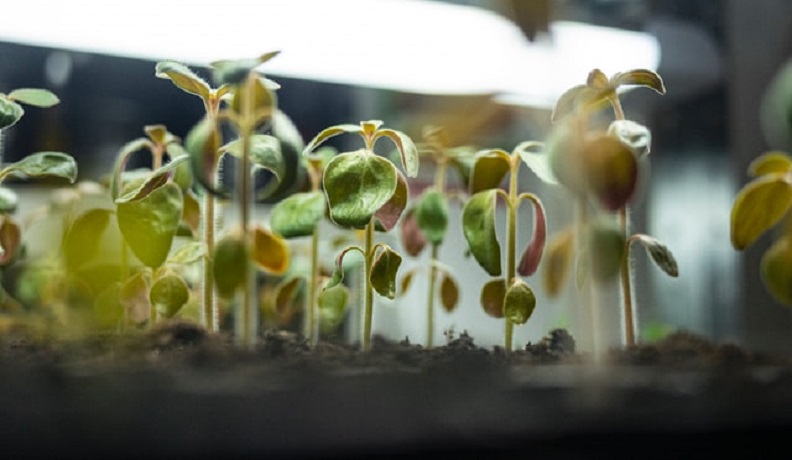Student Sheet 14 – Phosphatase Enzymes in Plants
Resource
Phosphatase enzymes are widespread in nature and may be easily extracted from germinating seeds. They serve to remove phosphate groups from a wide range of organic phosphates and thus make available a metabolic pool of phosphate ions.
The formation of ATP and nucleotides, the regeneration of ribulose bis-phosphate and the phosphorylation of glucose at the start of the glycolytic pathway are important biochemical processes requiring phosphate.
Some phosphatases are specific for a particular substrate (e.g. Glucose-6-phosphatase) but others exhibit broad specificity and can cleave a phosphate group from a wide range of organic substrates.
The basic reaction is as follows:

The accurate estimation of phosphate is a complex process so this protocol relies on a substrate which yields a product which is easily quantified by colorimetric methods.
Phenolphthalein phosphate (PPP) has the property of being colourless in alkaline solution, whereas free phenolphthalein produces a pink colour. The amount of enzymatic activity can thus be estimated by the intensity of colour produced from a standard reaction mixture when an alkali such as sodium carbonate solution is added.
The phosphatase enzyme has an optimum pH of around 5 so the pH of the reactions should be kept below 9.2. Any buffer system can be used, including off the shelf buffer tablets. The practical makes use of basic laboratory apparatus, although you may need to borrow a colorimeter from the chemists.
Since the reaction is stopped by the sodium carbonate the tubes can be stored in the refrigerator for several days before the colour intensity is assessed. This can also be used for reassessment of the accuracy of the technique. If duplicates are done for each variable under investigation (which should be common practice) the colorimeter readings for each pair should be identical.